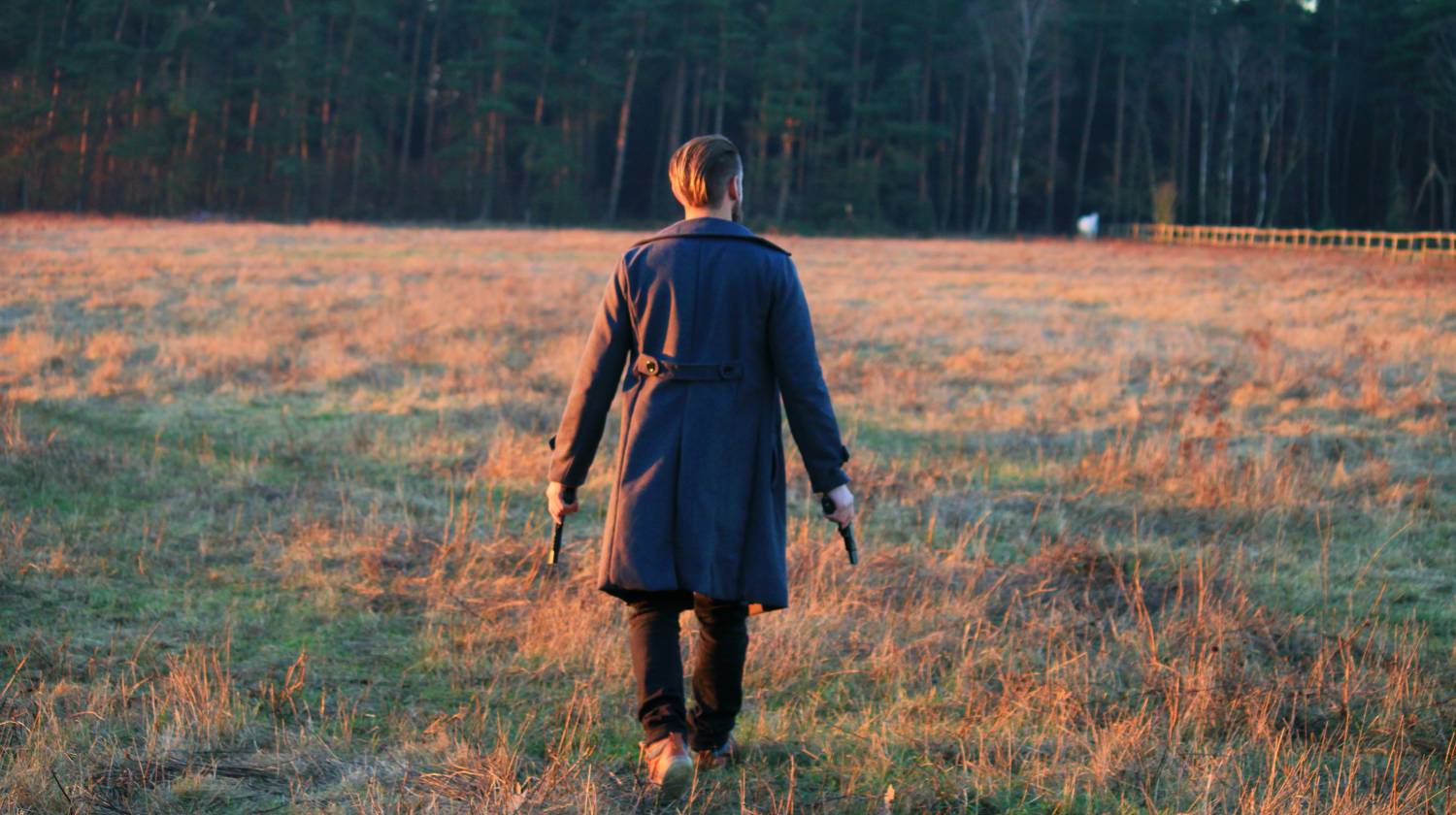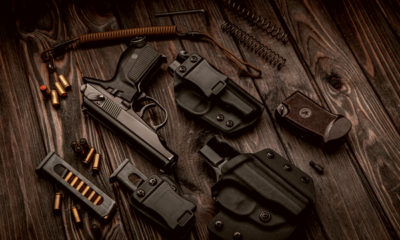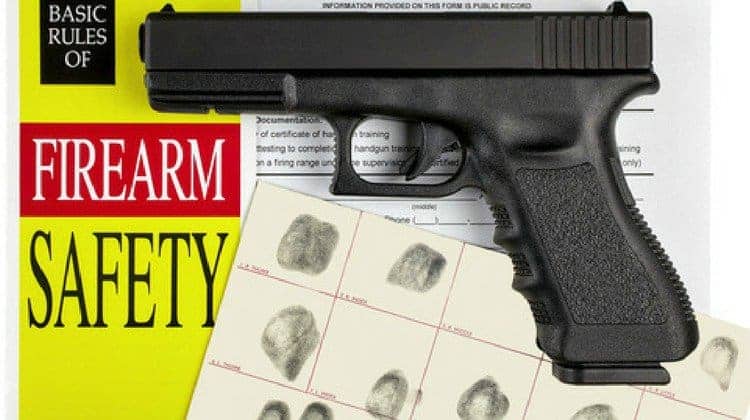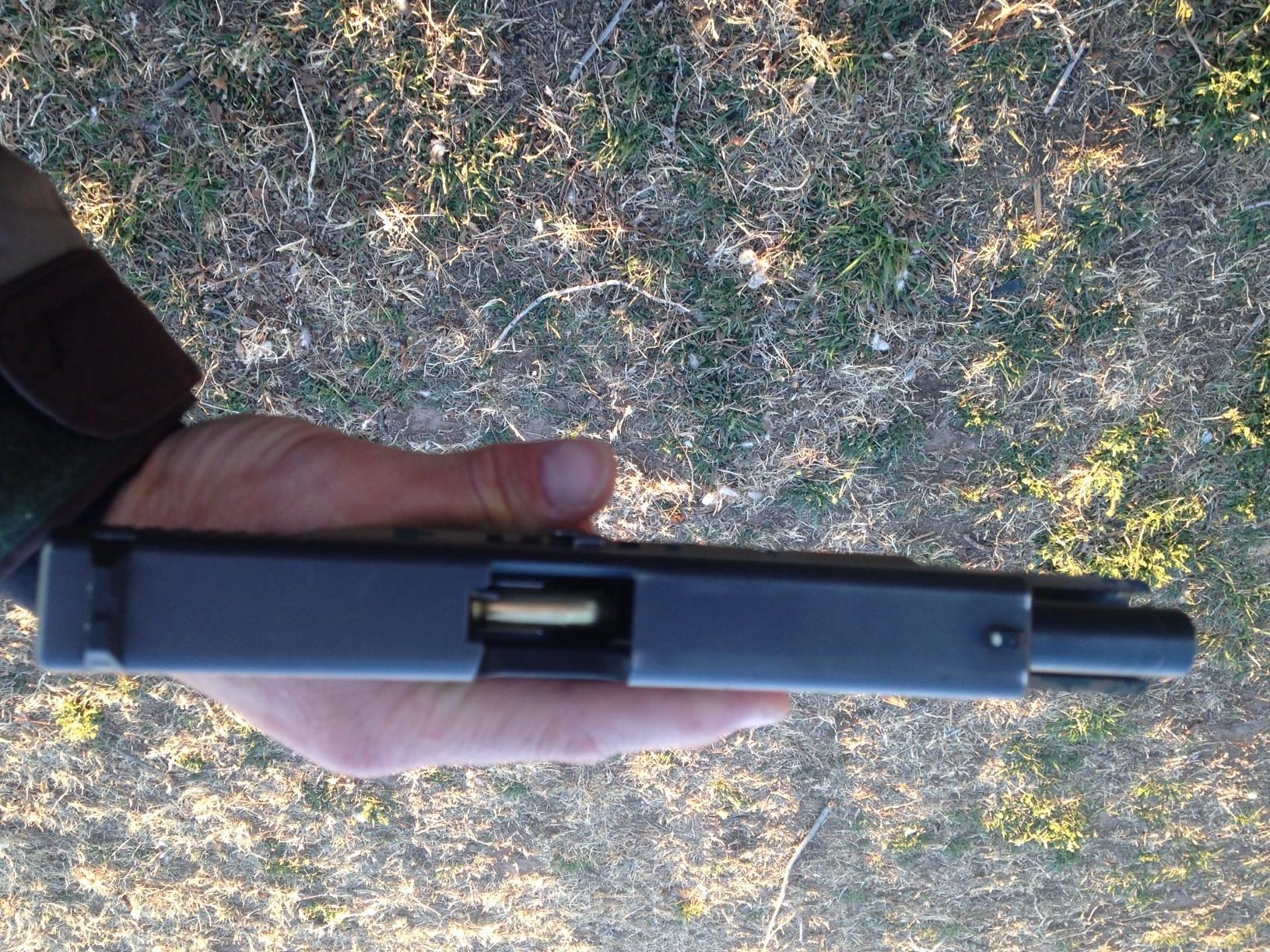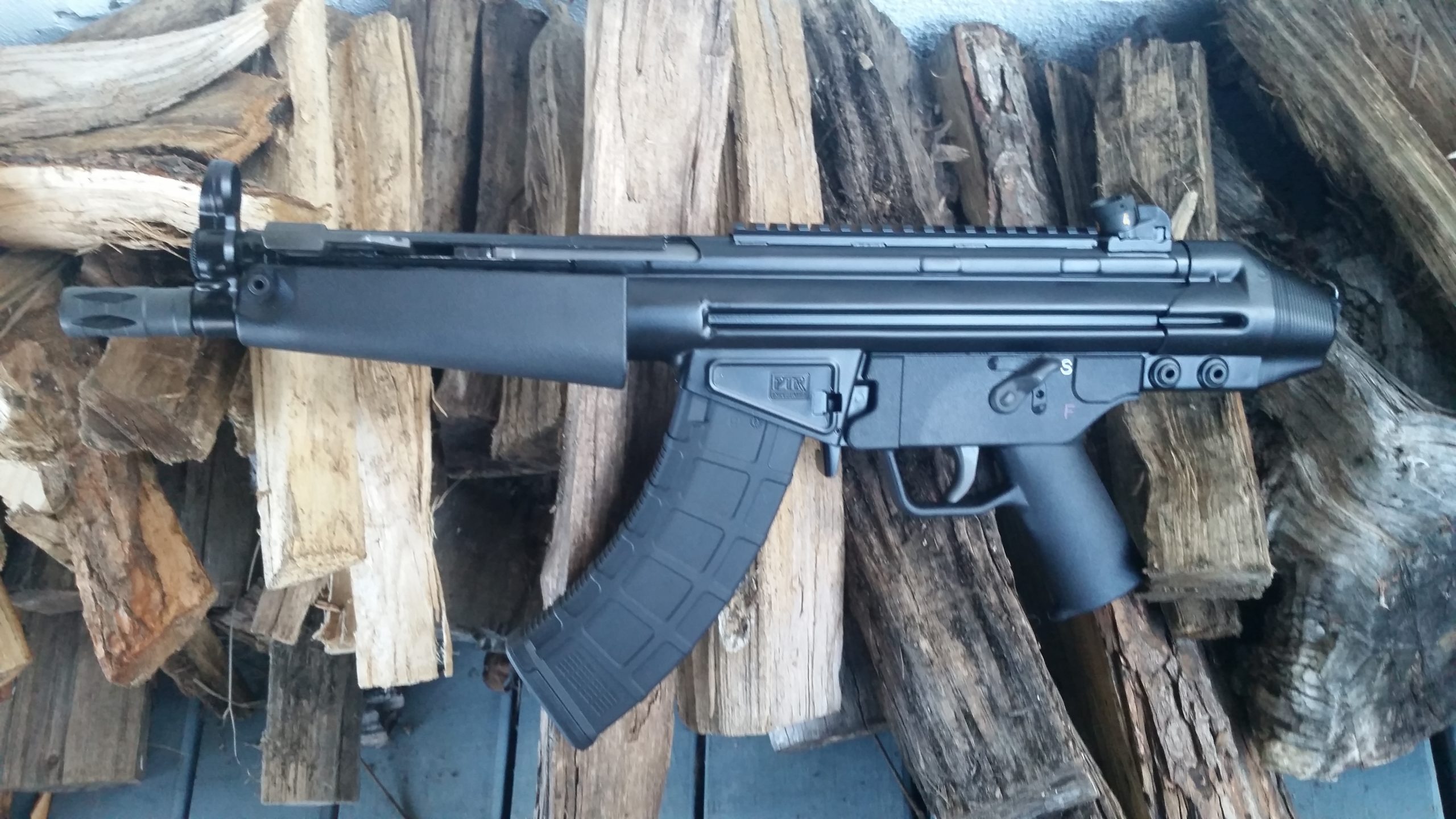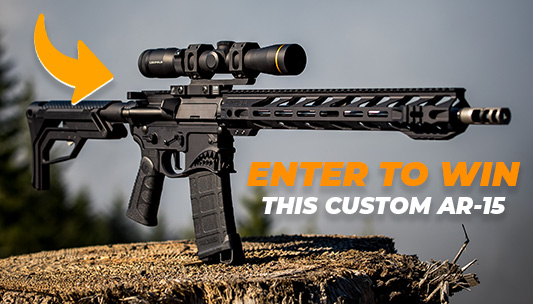Featured
Gun Shooting Safety | Keep Your Finger off the Trigger
Published
2 years agoon
By
Lisa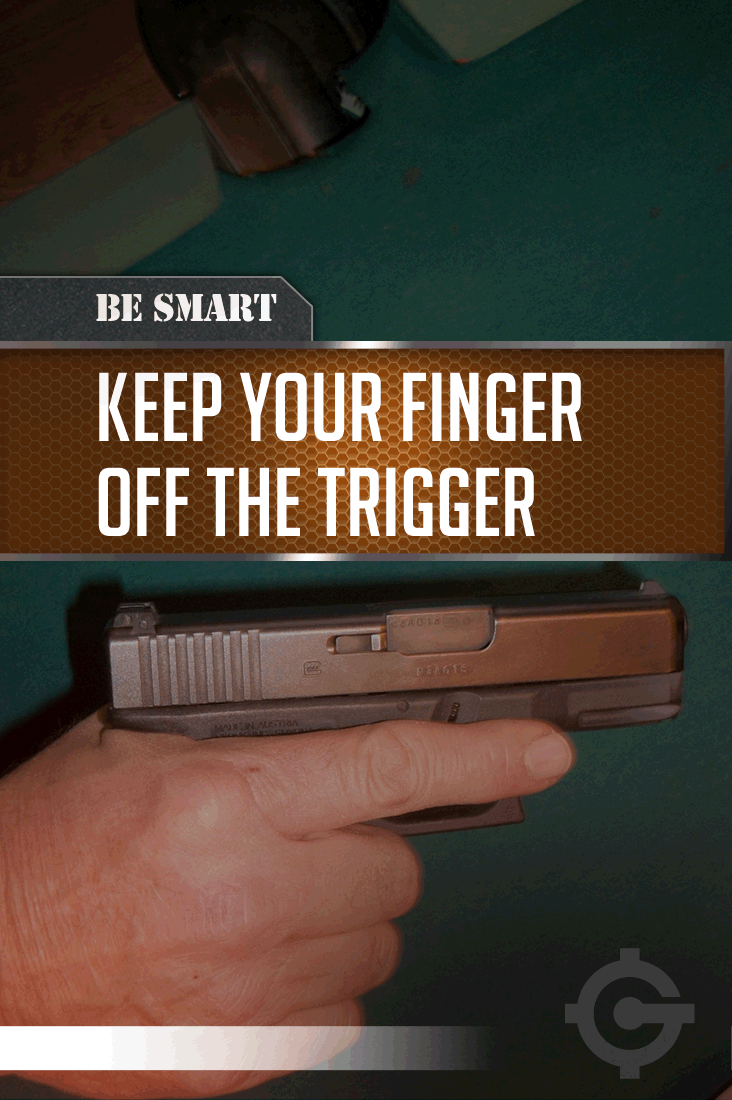
Practice The 4 Rules of Gun Safety at all times, and don't jump the gun.
by Chris Catanese
Keep your finger off the trigger until you are ready to shoot!!
You hear it all the time, all the talk about firearms safety. But have you actually thought about it and made a conscious effort to understand the often repeated firearm safety mantra. Every time you go hunting, go to the range or handle a firearm you should verbally or mentally repeat the firearms safety rules, and always practice gun safety.
Four Rules of Gun Safety:
Keep your finger off the trigger until you are on target and ready to fire.
Always point your firearm in a safe direction; never point your firearm at something that you are not willing to destroy.
All firearms are to be considered loaded at all times.
Always be able to identify your target and what is beyond.
If you are with an experienced group of firearm shooters, a quick reminder to tell everyone what to do if they see an unsafe situation will put everyone in the same mindset. If you are teaching a new shooter, more time should be spent on explaining and demonstrating the right thing to do. Teach every new student to index their trigger finger along the frame above the trigger guard and enforce it mercilessly. A solid foundation of the respect due to firearms and a no nonsense approach to firearms safety will create a responsible and safe firearm owner. This article is a closer examination of trigger safety and how it applies every time you handle a firearm.
The firearm will not fire unless the trigger is manipulated. Reinforce this habit of gun shooting safety in yourself and others. It should be a subconscious action, it should be done every time there is a change in the target, when you move, when you manipulate the firearm during reloads or if you have to clear any malfunctions. Whether you are a hunter, carrying a firearm in self defense or are required to carry a firearm as part of your employment, this rule is paramount. The movement onto the trigger takes a fraction of a second if you develop muscle memory and practice safe firearms handling.

Be gun smart, be gun safe, keep your finger off the trigger!
image via
So why do we keep our fingers off the trigger? It’s a simple question but I get asked it a lot. “I can control my fingers” is the usual response. There are a lot of ways that can cause you to lose control of your fingers subconsciously. Expecting that you can overcome your subconscious behavior is farfetched. Sympathetic muscular response, startle response, losing your balance, and excitement can cause you to put your trigger finger on the trigger and discharge your firearm. Especially since you should practice gun shooting safety no matter what.
Be careful to understand the difference between sympathetic muscular response and the startle response. They are not the same response. Sympathetic muscular response is the brains tendency to do the same thing with both hands. When you grasp something with one hand, the other hand tends to close also. This can create an accidental discharge. That occurs when you have a firearm in one hand and use the other hand to open a door, grab at a dropped object or use your free hand in some manner. What can occur is that when you grasp something with the free hand, your gun hand sympathetically grasps. This can cause the trigger finger to enter the trigger guard and pull the trigger.
A startle response is when you are startled by a sudden noise, bright light or something moving close to your face. This can cause the trigger finger to enter the trigger guard and pull the trigger from being startled or shocked. Training yourself to press the trigger finger against the frame harder, ensuring proper muzzle discipline by not masking yourself, your target or others, and if the situation dictates by re-holstering your firearm will help to avoid these involuntary responses.
Here are some tips on moving with your gun in hand
Losing your balance is hilarious to others unless you stumble while holding a firearm. The complete loss of control of the muzzle direction as you instinctually attempt to correct yourself is not so funny. If you do start to fall, your instinct is to release anything in your hands and brace for the impact. If you don’t drop your firearm at this point, your hands will grasp it in a death grip. If your finger enters the trigger guard and depresses the trigger, a discharge will occur and the round will go whizzing off in some random direction. To the innocent bystanders, this is no laughing matter. Whenever you move with a firearm, plan the move and be aware of your surroundings. Always go forward when you have a firearm in your hand, never walk backwards. The idea is that you can see what is in front of you; you don’t have eyes in the back of your head.
Backwards Retreat
If you have to go backwards to retreat, sliding your strong side feet can give you a tactile feel for any objects behind you. If you practice sliding your strong side foot backwards, you can get fairly fast at a rearward movement. Practice it at home without a firearm. Place some objects behind you and use your sliding foot to detect them. Be ready to fall and go slow. I will not be responsible if you trip over the family pet doing this.
Lateral Movement
Never cross your feet. If you need to do a lateral movement, slide your feet to the side and bring the other one up. Shoulder wide apart at all times is required for a stable shooting platform. This is another one that needs to be practiced at home without a firearm. There are some techniques that allow you to ‘walk’ sideways and pivot your torso to the target. These are fairly advanced and should only be taught once the basic fundamentals are solid.
in Haste
Excitement is a killer. It causes you to make hasty decisions, you are reactive instead of proactive and you make mistakes in safety. Slow down and think. Even if you are in a lethal situation, by having the right mental mindset already in place, you can overcome the excitement and complete the task at hand correctly and accurately. Everyone loves to go shooting. If you didn’t, you wouldn’t go at all. Those accelerated heart rates are great but calm your mind. Be proactive when you have a firearm. If you react, you are behind the power curve. Have a plan in your mind and mentally role-play every scenario you can think of. If you don’t have a plan, you are reacting.
I hope this article has opened your eyes to why we keep our fingers off the trigger until we are on target and ready to shoot. I tried to just focus on this first rule so I omitted a lot of other safety concerns. Firearms safety is like a house. You need a solid foundation, strong supports, firm walls and a sturdy roof to create a successful house. Any of these things fail, the house will tumble down.
Do you practice safe gunmanship? Is keeping your finger off the trigger instilled in your body and soul yet? Let me know how you're doing here in the comments.
Like our page and interact with us on Facebook.
You may like

Staccato P Review | Staccato P 1000 Round – The Most Accurate Duty Pistol

Sawed Off Shotgun | Everything You Need To Know

CZ 75 SP01 Tactical Gun Review | Gun Carrier

PODCAST: Gun Law Changes All Across America Right Now

PODCAST: How to Win Olympic Gold

PODCAST: 50 Important Ideas For Self-Defense, Self-Reliance, and Personal Safety


